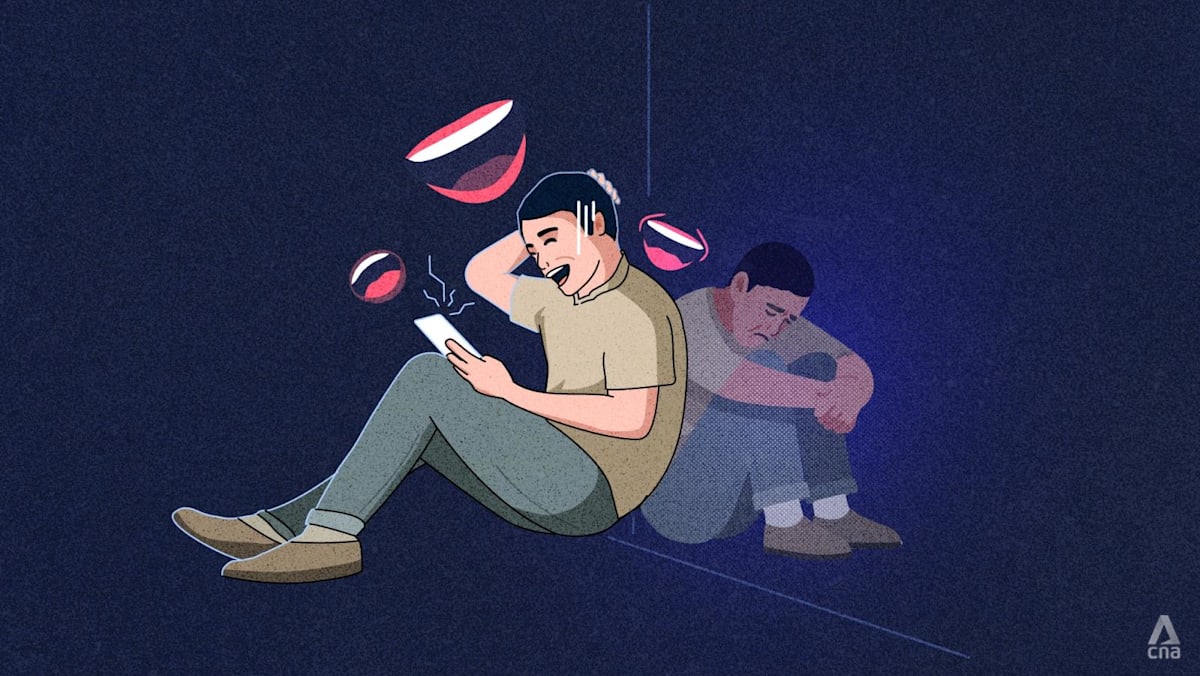Late at night, as I was scrolling through social media as usual, I came across a video. In it, a man is standing at a window of a high-rise block and says, “What if I just – “, before cutting himself off, feinting a jumping motion out the window and then laughing to the camera.
I chuckled at first, then caught myself.
Why did I find that funny? And why did so many others in the comments say something like, “Same … except I’m not joking. Or am I?”
This wasn’t a one-off example. In recent years, humour online seems to have turned darker. What once sat in whispers between close friends now lives out loud in memes, chat groups and TikTok videos publicly shared with strangers all over the internet – the feelings of despair or even talk of self-harm.
I’ve always enjoyed jokes that land a little sideways. I like to think it comes from not taking life too seriously, which was probably why it took me a while to notice when my feed recently began filling up with morbid memes.
But seeing this trend continue on social media, with more people making jokes about serious concerns such as depression or even nuclear war, I find myself wondering: When does this kind of humour help us cope and when does it start to mask the very pain we need to confront?
WHAT IS DARK HUMOUR AND HOW IT CAME ABOUT
Dark humour isn’t new. As far back as 1927, pioneering psychoanalyst Sigmund Freud described humour as the way the mind protects itself from painful realities. Psychologists have long noted its role in helping people endure the unbearable.
History offers vivid examples. Under Nazi occupation in the 1940s, Czech citizens used gallows humour to mock their oppressors. In hospital wards today, cancer patients joke about their own mortality as a way to ease tension and reclaim control.
What has shifted is not the existence of dark humour, but its reach.
While every generation has had its own forms of dark humour, it has become more mainstream for younger generations of today because it is more visible to them thanks to social media, Professor Crystal Abidin told CNA TODAY.
The internet culture researcher at Australia’s Curtin University described this phenomenon as social steganography, which is where people hide information using context and shared cultural understanding to create a double meaning.
Outsiders may only see despair, but insiders “have the skills and the subtext to be able to decode what is meant there”.
The current cultural climate amplifies this.
“We are growing up in very dark times,” she said, pointing to how social media collapses news about war, conflict and crisis into the same endless feed as trends, entertainment and personal updates.
